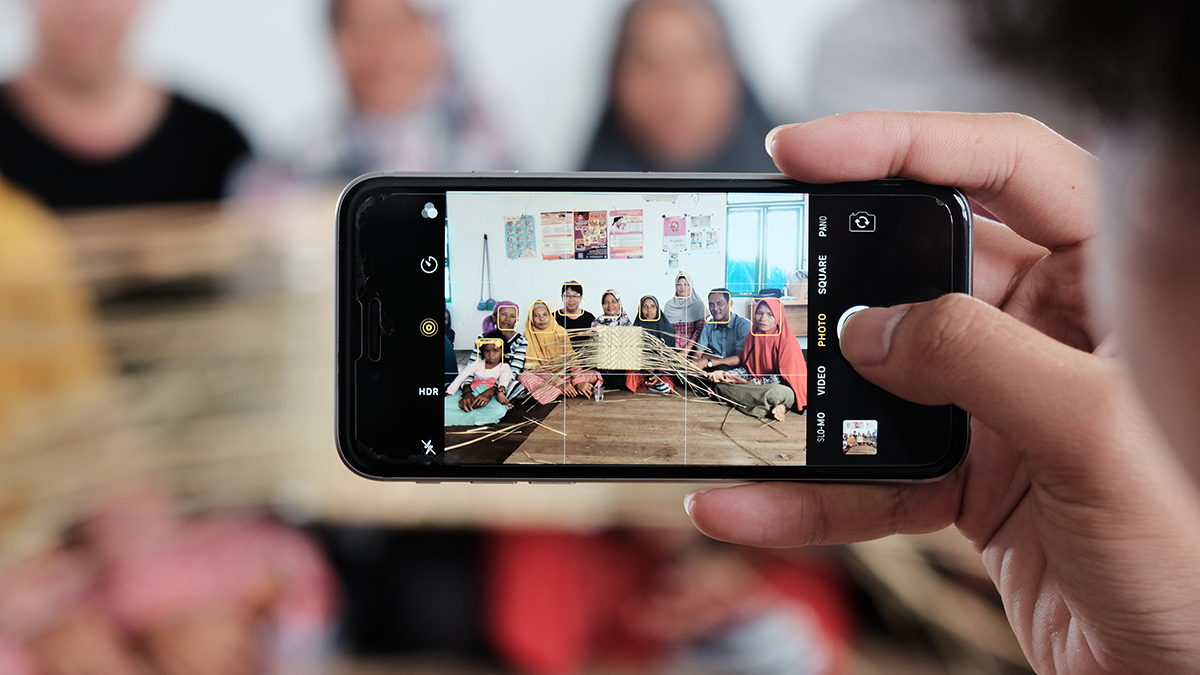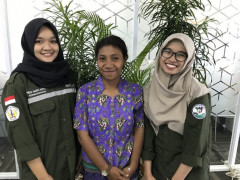High Surge in Forest Fires During August
By AdminIdeal Criteria to fill Deputy III BRGM Chair

Based on Presidential Decree number 120 of 2020, Deputy III is responsible for carrying out the functions of education, outreach, and gathering support from stakeholders interested in peat and mangrove issues. From local governments, academics, corporations, mass media, and civil society organizations to local community beneficiaries. Ideally, all stakeholders can enter the communication space and collaborate to restore peat and mangrove ecosystems. However, when we talk about the issue of peat in Indonesia, this space may be infiltrated by parties that carry an agenda to exploit the remaining peatlands.
However, several government strategic projects are also in direct contact with peatlands. For example, a biofuel development project that uses palm oil as a raw material. Not to mention when we talk about Food Estate projects or Industrial Plantation Forests (HTI), which are being carried out on peatlands. The rupiah turnover resulting from converting millions of hectares of peatlands is also extraordinary. Either through published reports, let alone those that are not. This situation makes every government position in contact with the peat ecosystem vulnerable to be contested and threatens efforts to restore peat.
On paper, BRGM still has a target commitment to restore approximately 540,000 hectares of peat in 2023 and 2024. Not to mention the claims from the Ministry of Environment and Forestry last July, which stated that 20.2 million hectares of peatlands in Indonesia were already damaged. In other words, only 16.6% of peatlands are undamaged.
Moreover, in the peatland area that has yet to be restored, interventions through the 3R Program (wetting, revegetation, and revitalization) must be fully synchronized across agencies. Data compiled by Pantau Gambut states that many educational programs and BRGM economic assistance still overlap with the programs from academics, corporations, and other third parties. Not to mention the findings of the construction of canal blocks built adjacent to canal blocks belonging to other institutions. The unequal distribution of interventions ultimately makes the impact of restoration less than optimal.
The National Coordinator of Pantau Gambut, Iola Abas, stated that Deputy III must have a relevant track record of peat restoration activities and a crystal-clear network to avoid abuse of power or conflicts of interest. In addition, individuals who fill this position must also have communication skills to sort and select stakeholders who enter the communication and collaboration space built by BRGM.
According to Iola, the new Deputy III of BRGM must fully understand the homework left by the former deputy. She added that if no individual can meet the criteria given, BRGM must take the liberty to open new spaces through recruitment or job auctions for people who have competence in the peat and mangrove fields. This is very likely to be done considering that the State Civil Apparatus Law allows certain significant and middle-high leadership positions to come from non-PNS circles with the approval of the President.
“Especially if we look at the potential of peat in the map of Indonesia’s political diplomacy, it is decisive. Restoration and protection of peat are one of the issues pushed by the government in reducing the pace of climate change, especially in international meetings,” said Iola.
She hoped that the leaders in Deputy III of BRGM would be filled by professionals who are fully dedicated to their positions to restore the peat ecosystem as before. Do not let this position become a “cake” distributed for free to gain control over budget and power politics.



